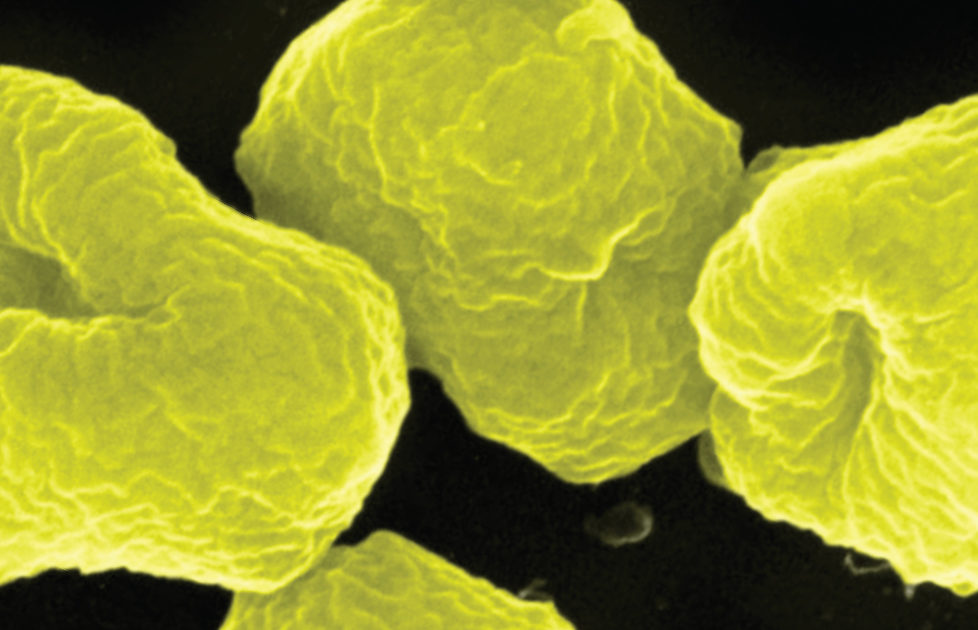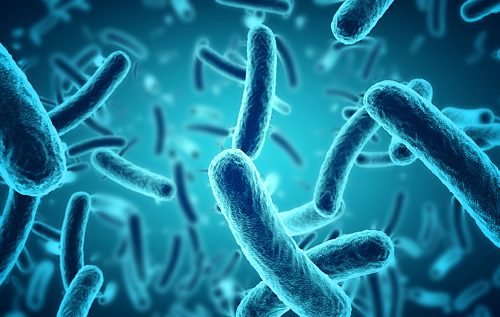What is Archaea and How Does Archaea Affects Humans


Archaea is an ancient group of microorganisms that are able to grow and thrive in the most extreme of habitats. This means that these microorganisms are able to function in places ranging from the coldest of places to the hottest one. You will find them in cold desserts, hot springs and also in hypersaline lakes.
The reason why there is so much hubbub over Archaea is that it is very poorly studied. It isn’t much known about how Archaea acts and reacts in a human body. In fact, there’s isn’t much known about how it manages to survive in such harsh environments until now that is.
Scientists at the National Centre for Microbial Resource- National Centre for Cell Science (NCMR-NCCS) in Pune have reported that they have discovered a new kind of Archaeon in Rajasthan’s Sambhar Lake.
This new discovery was described on Thursday in the International Journal of Systematic and Evolutionary Microbiology. Dr. Yogesh Shouche, a senior scientist at NCCs explained that this journal is unique among the numerous science publications because it publishes the full data, description and other details of new microbial organisms.
Sambhar Lake produces 0.2 million tonnes of salt per year. Its hypersaline ecosystem provides a great environment for microbial ecologists to understand the organisms which grow and thrive in such conditions.
It is also a place that has been very poorly studied for its microbial organisms. But when the new microorganism was discovered, researchers took one year to fully complete the study. But such a long time wasn’t taken due to lack of dedication but because Archaea are organisms which grow very slowly. The researchers carried out mandatory genome analysis which said that:
Researchers have said that this newly discovered Archaeon has been named Natrialba Swarupiae, after the Department of Biotechnology’s Secretary Dr. Renu Swarup. She is being honored as such due to her initiative and hard work in supporting the microbial diversity studies in the country.


Archaea can thrive in any extreme habitat. This means that they won’t have any trouble at all staying in the human body and especially in the human gut. But their long stay does affect human health because they are known for producing antimicrobial molecules. Apart from these molecules, the Archaea also produces heavy antioxidant activity that has its applications in eco-friendly and sustainable wastewater treatment.
Before going into this, it’s time to know more about Archaea. Archaea are different from Bacteria and eukarya when it comes to biochemical, genetic and structural features. Like:
But in spite of all this, much about Archaea is unknown due to a lack of interest and research. More than half of the Archaeal genes contain proteins whose function isn’t yet known. But it isn’t just lack of interest, it’s the fact that Archaea are difficult to cultivate and isolate.
Yet even with such restrictions, no virulence factors or genes have been associated with Archaea. But even then Archaea does have the means and the opportunity to result in diseases. Archaea do share some characteristics which are associated with known pathogens. This could reflect the possibility of Archaea to cause diseases. Such characteristics are:
Archaea is able to colonize and survive in humans but data about how does the human body responds to it isn’t known that well. It’s important that generalizations aren’t made and more active research is taken up regarding its disease spreading abilities.
Generally, pathogens are differentiated from other similar types due to their reliance on survival strategies. These survival strategies result in tissue, cellular or more such damage in the host. The strategies themselves can vary a lot but there is some sort of signature when it comes to a whole family of pathogens. Some common strategies adopted by pathogens are:
This is the basic scheme more or less followed by pathogens. So if any Archaea does behave as pathogens then it can be expected that they will follow this pattern. But they may follow some other pattern as well. It won’t be known unless this is studied and researched more.
One of the researchers at NCMR-MCCS, Dr. Avinash Sharma says that it’s very difficult to culture Archaea in a home laboratory. Co-author Swapnil Kajal said that not many groups were working to see if Archaea cultivation could be done.
But not all hope is lost just because many groups aren’t trying to cultivate Archaea in a lab. Scientists from Russia, China, Israel and some other countries in Europe are working on Archaea’s taxonomy. But even this study on Archaea can’t get much traction in publications that specifically cater to bacterial taxonomy.
That’s because papers published on other bacterial forms are vastly outnumbering the Archaea studies. The lack of people researching on Archaea has ensured that not much is known about it or how it acts and reacts with the human body.
If there’s one thing that can be hoped for is that the discovery of this new strain of Archaea will prompt more people to come into this field and contribute more towards research. Maybe with more participation, there will be more discoveries which will lead to more papers about Archaea infamous science publications.
